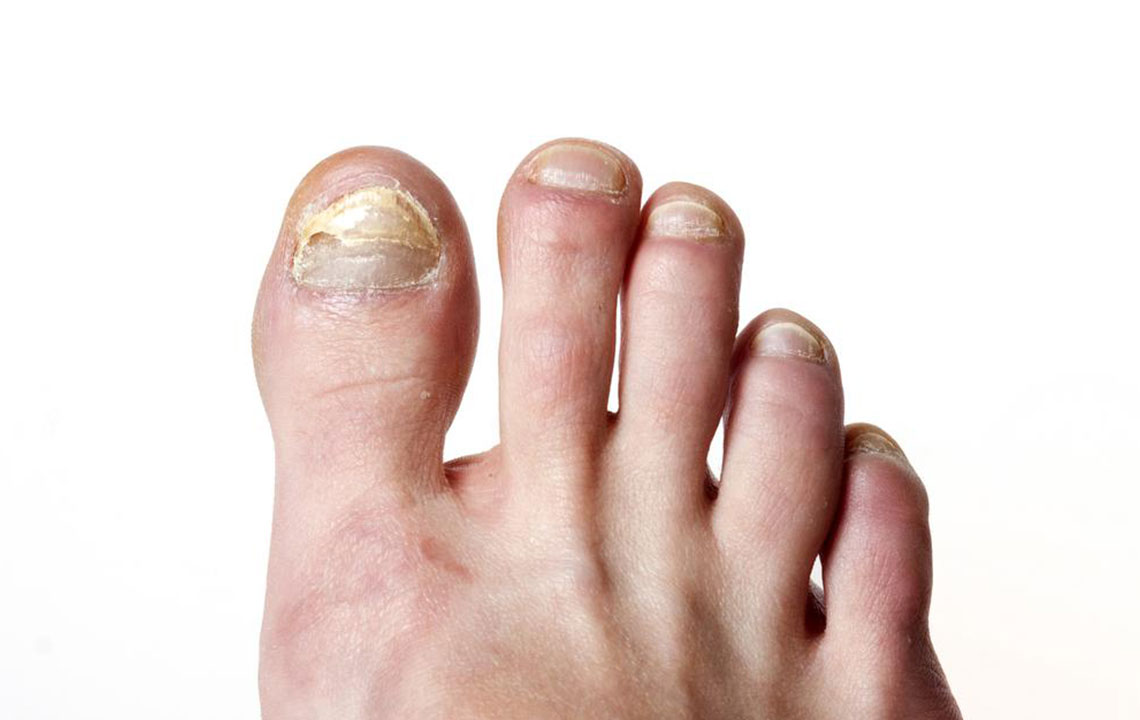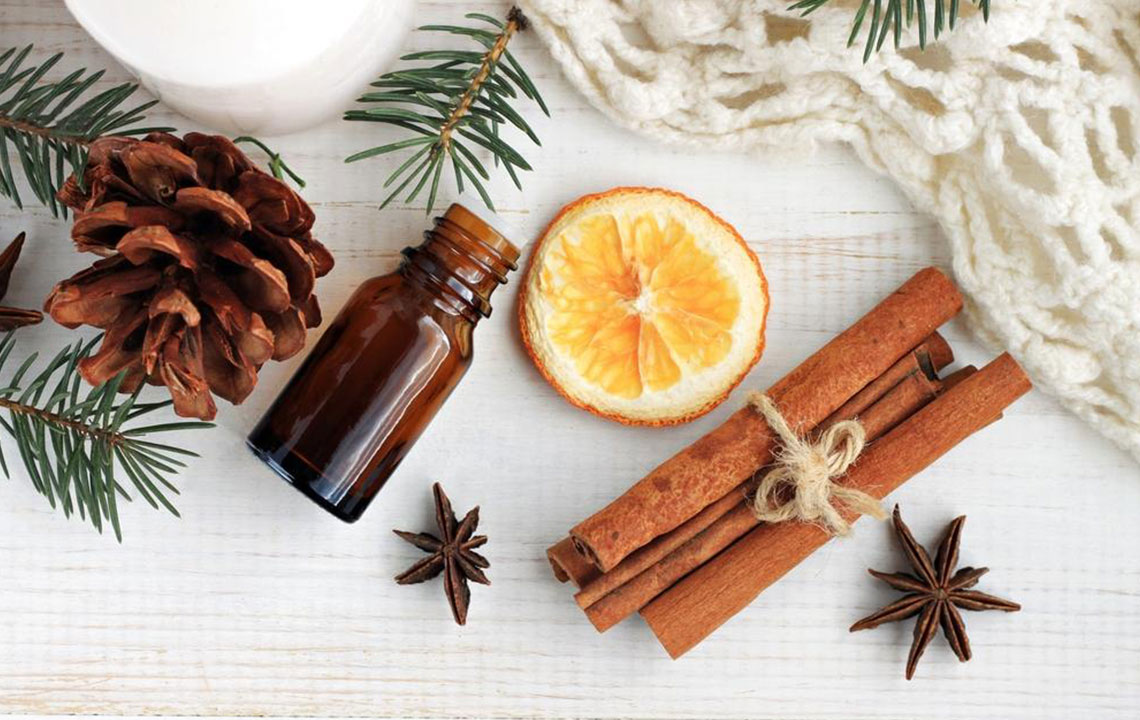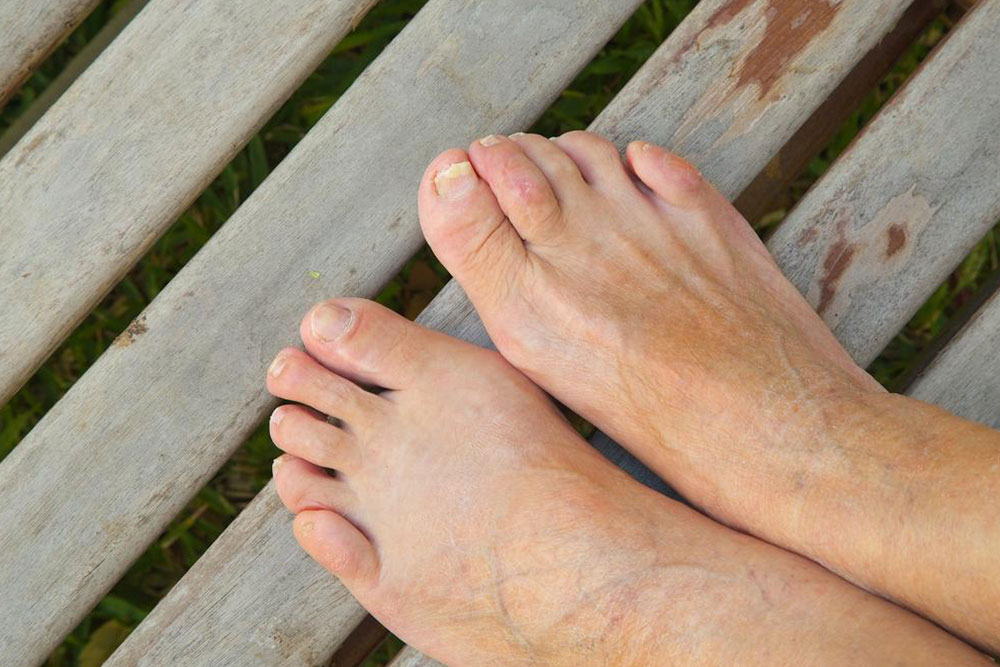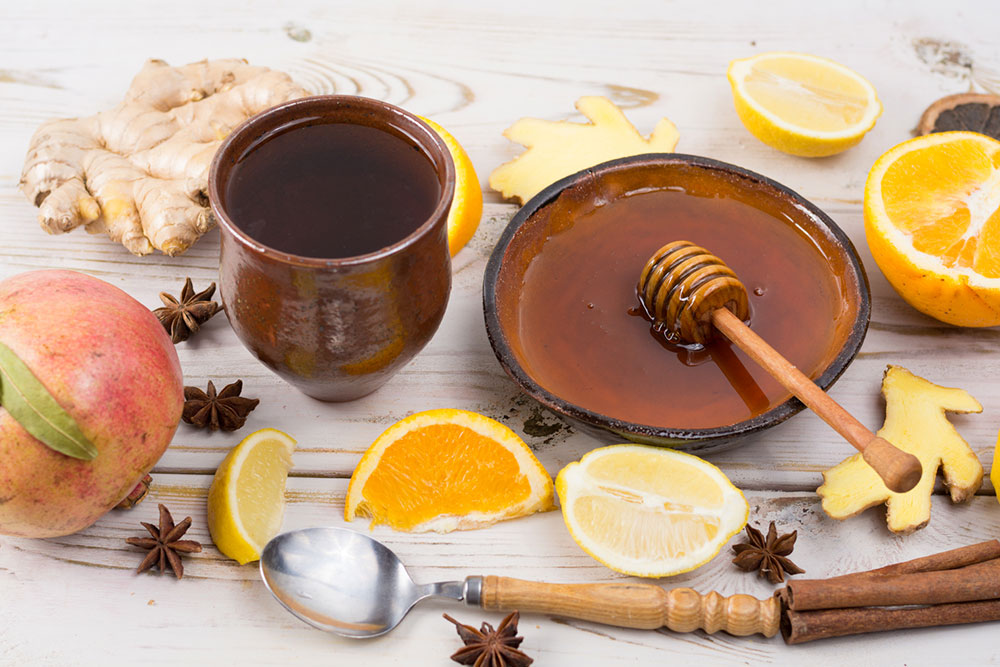Comprehensive Natural Remedies to Cure Toenail Fungal Infections Effectively
Discover comprehensive natural remedies for toenail fungal infections, including apple cider vinegar, tea tree oil, olive leaf extract, and more. These safe, cost-effective options help eliminate fungi, improve nail health, and prevent future infections through simple home treatments and dietary adjustments.

Effective Natural Methods for Treating Toenail Fungus
Toenail fungal infections, medically known as onychomycosis, are a common ailment characterized by several uncomfortable and unsightly symptoms. Patients often experience pain, swelling, thickened nails, and noticeable discoloration, with the affected nails frequently turning yellow, becoming crumbly, brittle, and distorted in shape. These symptoms are not only cosmetic concerns but can also lead to discomfort and difficulty walking or fitting into shoes comfortably.
The underlying causes of toenail fungus are diverse and often interconnected. Factors such as imbalanced skin pH levels, wearing synthetic or non-breathable footwear, prolonged exposure to moisture, inadequate foot hygiene, excessive sweating within shoes, a weakened immune system, and poor circulation—often due to underlying health issues like diabetes—all contribute to the susceptibility of developing fungal infections in toenails.
While conventional treatments are available, including oral antifungal medications, topical ointments, nail removal procedures, or laser therapies, these options may carry risks of side effects, high costs, and the possibility of recurrence. As a result, many individuals are turning toward natural and home-based remedies that are safer, more cost-effective, and can be efficiently incorporated into daily routines. This comprehensive guide explores various herbal, dietary, and household solutions proven to combat toenail fungus effectively.
Apple Cider Vinegar – A Powerful Natural Antifungal
Apple cider vinegar (ACV) is widely recognized for its potent antimicrobial properties. Its natural acids help create an inhospitable environment for fungi, making it an excellent remedy for toenail infections. For topical application, prepare a soothing foot soak by mixing one part Epsom salt, one part apple cider vinegar, and six parts hot water. Once the mixture cools to a comfortable temperature, immerse your affected foot in the solution for approximately 30 minutes twice daily. Consistent use can significantly reduce fungal presence and promote healthier nail growth. Additionally, internal consumption of ACV can support systemic health; mix two tablespoons of organic ACV with a teaspoon of honey in eight ounces of water and drink daily. This internal approach complements topical treatments, helping to accelerate healing and prevent future infections.
Olive Leaf Extract – Nature’s Antifungal and Immune Booster
Olive leaf extract has a long history of medicinal use, celebrated for its broad-spectrum antimicrobial activity. Taken as a dietary supplement, it offers antifungal, antiviral, and antibacterial benefits, making it effective against stubborn toenail fungi. Beyond its fungal combatting ability, olive leaf extract supports cardiovascular health by helping to regulate cholesterol levels. When starting this treatment, some individuals might experience detox symptoms such as mild headaches or fatigue—this indicates the body's response to toxins being expelled. It is advisable to begin with a lower dose and gradually increase as tolerated. Once your body adjusts, maintain the recommended dosage to sustain the antifungal effect and general well-being.
Tea Tree Oil – Nature’s Antiseptic and Antifungal Solution
Tea tree oil, derived from the Melaleuca alternifolia plant native to Australia, is renowned for its powerful antiseptic and antifungal properties. To treat toenail fungus, start by thoroughly cleaning the affected area with rubbing alcohol to remove debris and reduce surface bacteria. Apply undiluted tea tree oil directly to the infected nails and surrounding skin using a sterile applicator or cotton swab. Allow the oil to sit for approximately ten minutes, then gently scrub the area with a soft brush to remove loosened debris. For enhanced efficacy, mix a few drops of tea tree oil with a carrier oil like almond or olive oil to prevent skin irritation. Repeat this process daily for 2 to 3 weeks until new, healthy nails replace the infected tissue. Consistent application can help prevent the recurrence of fungal infections and restore nail health.
Orange Oil – Rich in Antifungal Compounds
Extracted from the peel of ripe oranges, orange oil boasts potent antifungal properties that can be harnessed for toenail infection treatment. Daily application involves placing a few drops of orange oil between the toes and directly on the affected nails. Allow the oil to soak into the skin and nails for about an hour for optimal absorption. Individuals with sensitive skin should dilute orange oil with a carrier oil like coconut or jojoba oil before topical use to prevent irritation. Conduct a patch test first to ensure there are no allergic reactions. Regular use of orange oil can help inhibit fungal growth, reduce inflammation, and promote natural healing of the affected nails.
Cornmeal – A Natural Fungicide from the Kitchen
Cornmeal contains compounds that are harmless to humans but toxic to fungi like Candida. It is an unconventional yet effective remedy for toenail fungi. To prepare a natural treatment, mix one cup of organic cornmeal with two cups of water, letting the mixture sit for about an hour to allow beneficial fungi-inhibiting compounds to activate. Submerge your feet in this solution for 30 minutes once a week. Since cornmeal is gentle, some people opt to use it even more frequently—daily if desired—for continuous fungal suppression. This remedy is especially appealing for those seeking a chemical-free alternative that can be conveniently incorporated into regular foot care routines.
Sodium Borate and Baking Soda – An Alkaline Approach to Fungal Control
Fungal organisms thrive in acidic environments, making alkaline substances like baking soda effective in disrupting their growth cycle. Sodium borate, a natural mineral with proven antifungal properties, combined with baking soda, creates an effective paste for topical application. Prepare this paste by mixing sodium borate with baking soda and a small amount of water until it forms a thick, spreadable consistency. Apply this paste directly to the affected nails and surrounding skin twice daily, gently massaging it into the area. Continue treatment for at least two weeks after the visible signs of infection have disappeared to prevent recurrence. This simple, inexpensive remedy leverages the power of natural alkaline substances to restore nail health and combat persistent fungal infections.





